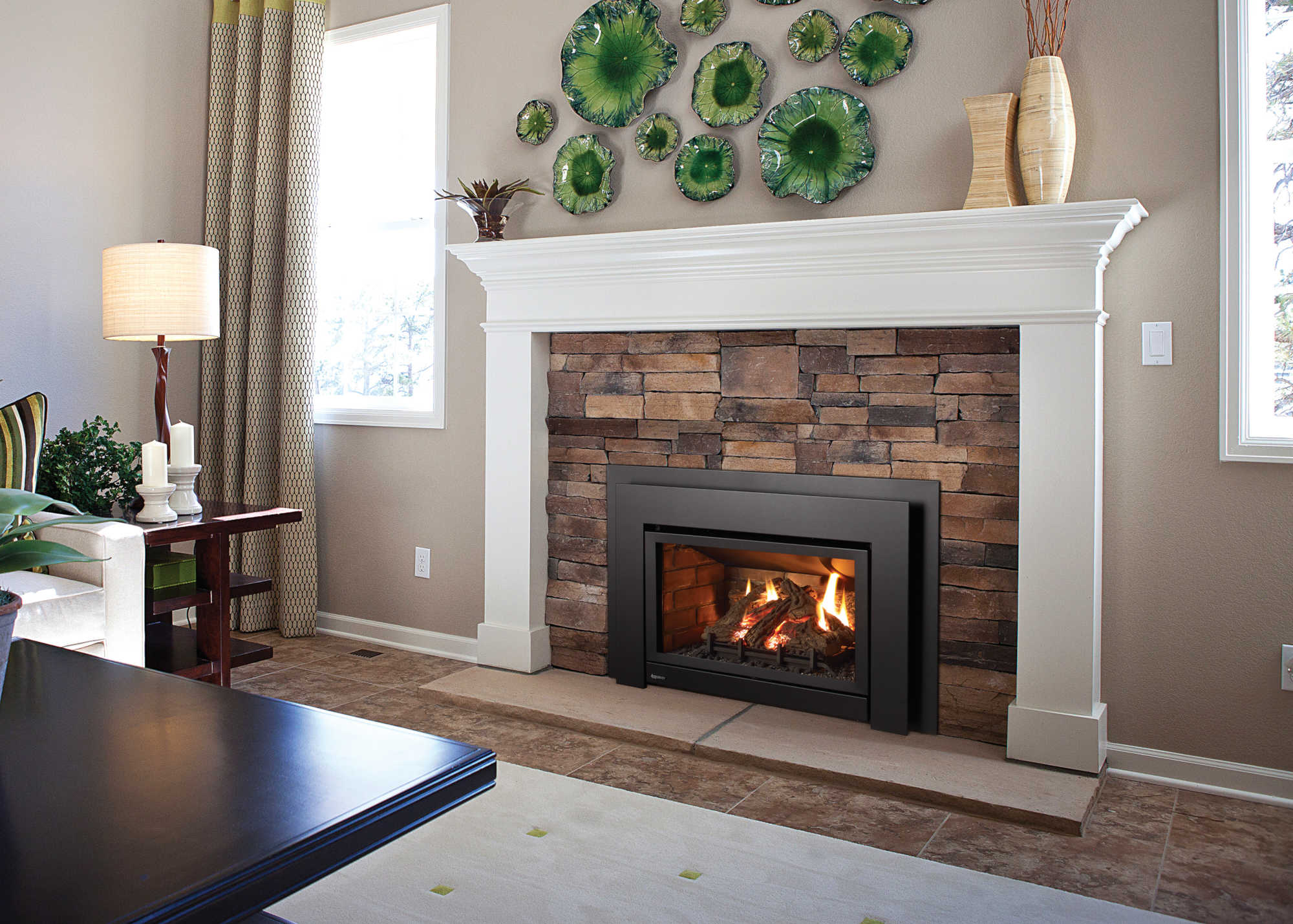

Articles
What Is A Gas Fireplace Insert
Modified: February 23, 2024
Discover the benefits of gas insert fireplaces with our informative articles. Learn how gas inserts can transform your home and provide efficient heating and cozy ambiance.
(Many of the links in this article redirect to a specific reviewed product. Your purchase of these products through affiliate links helps to generate commission for Storables.com, at no extra cost. Learn more)
Introduction
A gas insert fireplace is a popular and efficient alternative to traditional wood-burning fireplaces. It offers homeowners the beauty and warmth of a fire without the hassle and maintenance associated with wood-burning options. In this article, we will explore the definition of a gas insert fireplace, how it works, its advantages over other types of fireplaces, energy efficiency, installation process, maintenance and safety tips, cost considerations, and popular brands and models.
A gas insert fireplace is a self-contained unit that is designed to fit into an existing masonry fireplace or a prefabricated wood-burning fireplace. It is powered by natural gas or propane and features a sealed combustion system, which means it draws in outside air for combustion and vents the exhaust gases outside. This design eliminates the need for a chimney and makes a gas insert fireplace suitable for both new and existing homes.
The main advantage of a gas insert fireplace is convenience. With just a flick of a switch or push of a button, you can instantly have a cozy fire. There is no need to gather and store firewood or deal with the mess of ashes and smoke. Additionally, gas fireplaces offer better control over the flame height and heat output, allowing you to easily adjust the temperature to your liking.
Another significant advantage of gas insert fireplaces is their energy efficiency. Unlike wood-burning fireplaces that lose a significant amount of heat through the chimney, gas inserts are designed to maximize heat output. They often come with a built-in fan or blower system that helps distribute the heat more effectively throughout the room. This can result in lower heating costs and a more comfortable living space.
The installation process for a gas insert fireplace can vary depending on the existing fireplace and the specific model chosen. In most cases, a professional installer will assess the current setup, make any necessary modifications or repairs, and then insert and secure the gas fireplace unit. It is crucial to hire a licensed professional to ensure proper installation and adherence to safety regulations.
Maintaining a gas insert fireplace is relatively simple. Regular cleaning of the glass front and interior components is necessary to keep it looking its best and ensure optimal performance. Annual inspections by a qualified technician are recommended to check for any potential issues and ensure the safe operation of the fireplace.
Key Takeaways:
- Gas insert fireplaces offer convenient, efficient, and controllable heating, eliminating the hassle of wood-burning fireplaces. They provide instant ignition, customizable flame height, and energy efficiency, making them a modern and practical heating solution for any home.
- When considering a gas insert fireplace, homeowners should prioritize convenience, energy efficiency, and reputable brands. Professional installation, regular maintenance, and cost considerations are essential for maximizing the benefits of gas inserts while enjoying the warmth and ambiance they provide.
Read more: Where To Buy A Gas Fireplace Insert
Definition of a Gas Insert Fireplace
A gas insert fireplace is a heating appliance that is designed to fit into an existing masonry fireplace or a prefabricated wood-burning fireplace. It is a self-contained unit that is powered by natural gas or propane and offers homeowners the warmth and ambiance of a traditional fireplace with the added convenience and efficiency of a gas-powered system.
Unlike traditional wood-burning fireplaces, which require the gathering and storage of firewood and constant maintenance, a gas insert fireplace provides an instant and controllable fire at the touch of a button. It eliminates the need for messy ashes, smoke, and constant tending, making it a popular choice for homeowners who value convenience and ease of use.
Gas insert fireplaces are designed to be inserted into an existing fireplace opening, either masonry or prefabricated. They come in various sizes and styles to fit different fireplace dimensions and decor preferences. The front of the gas insert fireplace typically features a glass panel, allowing the flames to be visible and enhancing the aesthetic appeal of the unit.
One of the key features of a gas insert fireplace is its sealed combustion system. Unlike wood-burning fireplaces that rely on the draft from the chimney for combustion, gas inserts draw in outside air for combustion and vent the exhaust gases outside. This design eliminates the need for a traditional chimney, making gas inserts suitable for homes without chimneys or where a chimney is not functional.
Gas insert fireplaces also offer superior control over flame height and heat output compared to wood-burning fireplaces. They are equipped with gas control valves that allow homeowners to adjust the flame to their desired level and regulate the amount of heat generated. Some models even come with remote controls or thermostats for added convenience.
In terms of installation, gas insert fireplaces require professional installation by a licensed technician. This ensures proper placement, venting, and connection to the gas supply. It is important to have the installation done correctly to ensure safety and avoid any hazards associated with gas appliances.
Overall, a gas insert fireplace offers homeowners a convenient and efficient heating option while maintaining the aesthetic charm of a traditional fireplace. Whether it is for ambiance or supplemental heat, a gas insert fireplace provides a hassle-free and controlled solution for creating a warm and inviting atmosphere in any home.
How a Gas Insert Fireplace Works
A gas insert fireplace operates using a combination of natural gas or propane, a burner system, and a ventilation system. When the fireplace is turned on, the gas is ignited by a pilot light or an electric ignition system, creating a controlled flame that provides heat and ambiance. Here is a breakdown of the key components and how they work:
Gas Supply: A gas insert fireplace is connected to the home’s natural gas line or propane tank. It requires a steady supply of gas to fuel the burner system and sustain the flame. The gas supply can be regulated using control valves, allowing homeowners to adjust the flame height and heat output as desired.
Burner System: The burner system of a gas insert fireplace is responsible for creating and maintaining the flame. It is usually made of a series of strategically placed gas ports that allow for even distribution of the gas. The ports are designed to produce a realistic and flickering flame effect, mimicking the appearance of a wood-burning fire.
Ignition System: There are two common types of ignition systems used in gas insert fireplaces. The first is a pilot light, a small flame that remains lit continuously and ignites the main burner when the fireplace is turned on. The second type is an electric ignition system, which uses an electric spark to ignite the gas when the fireplace is switched on. Both systems are reliable and safe, with the electric ignition being more energy-efficient.
Ventilation System: A gas insert fireplace requires a ventilation system to remove the combustion byproducts, such as carbon monoxide and excess moisture, from the indoor environment. This is typically achieved through the use of a direct vent or a vent-free system. A direct vent fireplace draws in fresh air from outside for combustion and exhausts the combustion gases back outside through a separate venting pipe. On the other hand, a vent-free fireplace does not require any external ventilation and releases the combustion byproducts into the room. It is important to consult local building codes and regulations to determine which type of ventilation system is appropriate for your area.
Control System: Gas insert fireplaces are equipped with control systems that allow homeowners to adjust the flame height, heat output, and other settings. The controls can be in the form of manual knobs or switches located on the fireplace unit, or remote controls and thermostats that provide convenient operation from a distance.
In summary, a gas insert fireplace utilizes natural gas or propane, a burner system, an ignition system, and a ventilation system to create a controllable and efficient fire. It offers the convenience of instant ignition, adjustable flame height and heat output, and a realistically flickering flame effect. With proper installation and operation, a gas insert fireplace can provide a safe and enjoyable heating solution for any home.
Advantages of Using a Gas Insert Fireplace
A gas insert fireplace offers numerous advantages over traditional wood-burning fireplaces and other heating options. From convenience and energy efficiency to safety and versatility, here are some of the key benefits of using a gas insert fireplace:
- Convenience: One of the biggest advantages of a gas insert fireplace is the convenience it offers. With just the flip of a switch or the push of a button, you can instantly have a warm and inviting fire. There is no need to gather and store firewood, clean out ashes, or constantly tend to the fire. Gas insert fireplaces provide an easy and hassle-free heating option.
- Efficiency: Gas insert fireplaces are highly efficient when it comes to heat output. They are designed to maximize the amount of heat generated and minimize heat loss. Unlike wood-burning fireplaces that lose a significant amount of heat through the chimney, gas inserts are designed to provide radiant heat directly to the living space. Many models also come with built-in fans or blowers that help distribute the heat more effectively.
- Control: Gas insert fireplaces offer precise control over flame height and heat output. With adjustable gas control valves, you can easily regulate the intensity of the flames to create the desired ambiance and adjust the temperature in your living space. Some gas insert fireplaces even come with remote controls or thermostats, allowing you to conveniently adjust the settings from anywhere in the room.
- Cleanliness: Unlike wood-burning fireplaces that produce ash, soot, and smoke, gas insert fireplaces are clean-burning. They do not produce any harmful combustion byproducts, eliminating the need for regular chimney cleanings and reducing indoor air pollutants. Gas insert fireplaces also eliminate the need for cleaning out ash and soot from the fireplace, making maintenance quick and easy.
- Safety: Gas insert fireplaces are designed with safety in mind. They have sealed combustion systems that draw in outside air for combustion and vent the exhaust gases outside. This eliminates the risk of carbon monoxide poisoning and ensures that the indoor air quality remains safe. Gas insert fireplaces also do not have open flames or flying embers, reducing the risk of accidental fires.
- Versatility: Gas insert fireplaces are versatile and can be installed in various locations throughout the home. They can be inserted into an existing masonry fireplace or a prefabricated wood-burning fireplace, making them suitable for both new construction and retrofitting existing homes. Gas inserts also come in a wide range of sizes and styles to match different decor preferences.
Overall, a gas insert fireplace offers the perfect combination of convenience, efficiency, control, cleanliness, safety, and versatility. Whether you want to create a cozy ambiance or supplement your heating needs, a gas insert fireplace provides an easy-to-use and efficient heating solution for any home.
Energy Efficiency of Gas Insert Fireplaces
Gas insert fireplaces are known for their energy efficiency compared to traditional wood-burning fireplaces. They are designed to maximize heat output while minimizing heat loss, resulting in a more efficient and cost-effective heating option for homeowners. Here are some key factors that contribute to the energy efficiency of gas insert fireplaces:
- Direct Heat: Gas insert fireplaces are designed to provide direct radiant heat to the living space. Unlike wood-burning fireplaces that lose a significant amount of heat through the chimney, gas inserts maximize heat transfer by radiating the heat directly into the room. This helps to maintain a comfortable and consistent temperature in the area where the fireplace is installed.
- Sealed Combustion System: Gas insert fireplaces have a sealed combustion system that draws in outside air for combustion and vents the exhaust gases outside. This design prevents any drafts from entering the living space and eliminates heat loss through the chimney. By sealing the combustion process, gas inserts can achieve higher energy efficiency compared to open wood-burning fireplaces.
- Built-in Fans or Blowers: Many gas insert fireplaces come with built-in fans or blowers that help distribute the heat more effectively throughout the room. These fans circulate the warm air generated by the fireplace, ensuring that it reaches every corner of the space. By improving heat circulation, the fans or blowers can increase the overall energy efficiency of the fireplace.
- Zoning Options: Some gas insert fireplaces offer zoning options, allowing homeowners to heat specific areas of their homes rather than the entire space. This feature can further enhance energy efficiency by focusing the heat only where it is needed and avoiding unnecessary heating of unoccupied rooms.
- Programmable Thermostats: Many gas insert fireplaces are compatible with programmable thermostats. This allows homeowners to set specific temperature levels and schedules, ensuring efficient heat management. By programming the fireplace to turn on and off at desired times, energy consumption can be optimized and energy waste can be minimized.
- Efficient Fuel Source: Natural gas and propane, the primary fuel sources for gas insert fireplaces, are more efficient and cleaner-burning compared to wood. They produce fewer emissions and combustion byproducts, resulting in both a more eco-friendly and energy-efficient heating option.
It’s important to note that energy efficiency can vary depending on the specific model and installation of the gas insert fireplace. Ensuring proper installation by a professional and regular maintenance, such as keeping the gas inserts clean and performing annual inspections, can help maintain optimal energy efficiency.
Overall, gas insert fireplaces offer significant energy efficiency advantages over traditional wood-burning fireplaces. By maximizing heat output, sealing the combustion system, and incorporating features like built-in fans and programmable thermostats, gas inserts provide an effective and efficient heating solution for homeowners, resulting in reduced energy consumption and lower heating costs.
Read more: How To Install Gas Fireplace Insert
Installation Process of Gas Insert Fireplaces
The installation of a gas insert fireplace should be done by a professional to ensure proper placement, venting, and connection of the unit. Here is a general overview of the installation process:
- Assessment: A professional installer will assess the existing fireplace or the space where the gas insert fireplace will be installed. They will evaluate the dimensions, condition, and suitability of the fireplace for the gas insert unit. In some cases, modifications or repairs may be necessary to ensure a proper fit and safe installation.
- Preparation: Once the assessment is complete, the installer will prepare the site for the installation. This may involve removing any debris, cleaning the fireplace, and making any necessary adjustments to the hearth or surround to accommodate the gas insert unit.
- Gas Line Connection: If there is an existing gas line, the installer will connect the gas insert fireplace to the line. This involves making a secure and leak-free connection between the gas supply and the fireplace unit. If there is no existing gas line, it may be necessary to run a new gas line from the main supply to the fireplace location.
- Venting System Installation: Gas insert fireplaces require a ventilation system to remove the combustion byproducts and ensure proper air circulation. The installer will install the venting system, which can be either a direct vent or a vent-free system. Direct vent systems have a dedicated pipe for combustion air intake and another for exhaust, while vent-free systems release the combustion byproducts into the room. The choice of venting system will depend on local building codes and regulations.
- Insertion and Securing: Once the gas line and venting system are in place, the gas insert fireplace will be inserted into the existing fireplace opening or the prepared space. The unit will be securely fastened to ensure stability and safety. Proper clearances and spacing will be maintained to meet safety requirements and to allow for proper airflow around the unit.
- Connections and Testing: The installer will make all necessary electrical and gas connections to the gas insert fireplace. They will ensure that all connections are secure and leak-free. Once the connections are made, the fireplace will be tested to ensure proper operation and functionality.
- Finishing Touches: Finally, the installer will complete any finishing touches, such as attaching trim pieces or adding decorative elements to enhance the appearance of the gas insert fireplace. They will also provide instructions on how to operate and maintain the fireplace.
It is important to note that the installation process may vary depending on the specific model of gas insert fireplace and the condition of the existing fireplace or space. It is recommended to hire a licensed and experienced professional to ensure the safe and proper installation of the gas insert fireplace.
Following the installation, it is essential to regularly maintain and inspect the gas insert fireplace as recommended by the manufacturer. This includes cleaning the glass, checking and cleaning the venting system, and scheduling annual inspections by a qualified technician to ensure safe and efficient operation.
By following the correct installation procedures and proper maintenance, homeowners can enjoy the benefits of a gas insert fireplace while ensuring the safety and longevity of the appliance.
When looking for a gas insert fireplace, consider the size of your existing fireplace opening, the heating capacity of the insert, and the efficiency rating. It’s also important to choose a reputable manufacturer and have the insert professionally installed for safety and optimal performance.
Maintenance and Safety Tips for Gas Insert Fireplaces
Maintaining and ensuring the safety of your gas insert fireplace is crucial for efficient functioning and to prevent any potential hazards. Here are some maintenance and safety tips to keep in mind:
- Cleaning: Regularly clean the glass front of the fireplace using a recommended glass cleaner to remove any residue or buildup. Avoid using abrasive materials that may scratch or damage the glass. Additionally, clean the interior components of the gas insert as per the manufacturer’s instructions to prevent blockages and maintain optimal performance.
- Venting System Inspection: Periodically inspect the venting system for any obstructions, such as debris or animal nests. Ensure that the vent pipes are securely connected and properly sealed. If you notice any damage or deterioration, contact a professional for repairs or replacements.
- Annual Inspections: Schedule an annual inspection by a qualified technician to check the overall condition and safety of your gas insert fireplace. They will inspect the gas lines, vents, ignition system, and other components to identify any potential issues and ensure proper functionality.
- Gas Leak Detection: Regularly check for gas leaks around the gas insert fireplace. This can be done by using a gas leak detection solution or by listening for any hissing sounds near the gas connections. If you detect a gas leak, immediately turn off the gas supply, open windows for ventilation, and contact a professional to address the issue.
- Carbon Monoxide Detectors: Install carbon monoxide detectors near your gas insert fireplace and other areas with fuel-burning appliances. Test the detectors regularly and replace the batteries as needed. Carbon monoxide is a colorless and odorless gas that can be harmful, so it is important to have early warning in case of a leak.
- Keep Combustible Materials Clear: Ensure that any flammable or combustible materials, such as furniture, drapes, or decorations, are kept a safe distance away from the gas insert fireplace. This reduces the risk of accidental fires and allows proper airflow around the unit.
- Follow Manufacturer’s Guidelines: Read and follow the manufacturer’s instructions for operating and maintaining your specific gas insert fireplace model. Each model may have unique requirements and recommendations for safe and optimal operation.
- Professional Installation and Servicing: Always have your gas insert fireplace installed by a licensed professional. They have the expertise to ensure proper installation and adherence to local building codes and regulations. Additionally, if you notice any issues or suspect a problem with your gas insert fireplace, contact a qualified technician for servicing and repairs.
By following these maintenance and safety tips, you can enjoy the warmth and comfort of your gas insert fireplace while ensuring the safety and longevity of the appliance. Remember, if you ever have any concerns about the operation or safety of your gas insert fireplace, it is always best to consult a knowledgeable professional for assistance.
Comparing Gas Insert Fireplaces with Traditional Wood-Burning Fireplaces
Gas insert fireplaces and traditional wood-burning fireplaces each have their own unique features and advantages. Here, we compare the two to help you understand the differences and make an informed decision:
- Convenience: Gas insert fireplaces are highly convenient, offering instant ignition with just the flip of a switch or the push of a button. Wood-burning fireplaces, on the other hand, require the gathering, storing, and constant tending of firewood, making them more labor-intensive and time-consuming.
- Efficiency: Gas insert fireplaces are generally more efficient than wood-burning fireplaces. They are designed to maximize heat output and minimize heat loss, resulting in better heating performance. Wood-burning fireplaces lose a significant amount of heat through the chimney, making them less efficient for heating purposes.
- Cleanliness: Gas insert fireplaces are clean-burning, producing no ashes, soot, or smoke. They do not require regular cleaning of chimneys or removal of ash and debris, reducing maintenance tasks. Wood-burning fireplaces create ash, soot, and smoke, requiring regular cleaning and maintenance to keep them in good condition.
- Ambiance: Both gas insert and wood-burning fireplaces offer a cozy and inviting ambiance. Gas insert fireplaces may have realistic-looking flames, but some people prefer the authenticity and crackling sound of a real wood fire provided by a traditional wood-burning fireplace.
- Fuel Source: Gas insert fireplaces are fueled by natural gas or propane, while wood-burning fireplaces rely on firewood. Gas is readily available and eliminates the need for chopping, storing, and hauling firewood. Wood-burning fireplaces provide the rustic charm of burning real logs and the availability of wood as a renewable and sustainable fuel option.
- Environmental Impact: Gas insert fireplaces burn cleaner and produce fewer emissions compared to wood-burning fireplaces. They have sealed combustion systems that direct the exhaust gases outside, minimizing their impact on indoor air quality. Wood-burning fireplaces release smoke and particulate matter into the environment, contributing to air pollution, especially in urban areas.
- Installation: Gas insert fireplaces require professional installation, including connection to a gas line and venting system installation. Wood-burning fireplaces can be more versatile in terms of installation, as they can be built from scratch or added to an existing masonry structure. However, proper installation and maintenance of both types of fireplaces are essential for safety and optimal performance.
- Heating Capacity: Gas insert fireplaces can provide efficient and consistent heat output, making them suitable for supplemental heating or zone heating in specific areas of the home. Wood-burning fireplaces can provide radiant heat but may lose more heat through the chimney, making them less efficient for whole-home heating.
When comparing gas insert fireplaces with traditional wood-burning fireplaces, consider factors such as convenience, efficiency, maintenance requirements, ambiance preferences, fuel availability, environmental impact, installation considerations, and heating needs for your specific requirements.
Ultimately, the choice between a gas insert fireplace and a traditional wood-burning fireplace depends on your individual preferences, lifestyle, and priorities. Gas insert fireplaces offer convenience, efficiency, and clean-burning, while traditional wood-burning fireplaces provide the authenticity and ambiance of a real wood fire. Assessing your heating requirements, environmental concerns, and maintenance capabilities will help guide your decision.
Cost Considerations of Gas Insert Fireplaces
When exploring gas insert fireplaces as a heating option for your home, it is important to consider various cost factors beyond the initial purchase price. Here are some key cost considerations to keep in mind:
- Initial Cost: The cost of a gas insert fireplace can vary depending on the brand, model, size, and features you choose. Gas insert fireplaces generally range in price from a few hundred dollars to several thousand dollars. Higher-end models often come with advanced features and designs.
- Installation Cost: Professional installation is crucial for a gas insert fireplace to ensure safe operation and compliance with local codes and regulations. The installation cost will depend on factors such as the complexity of the installation, any modifications required to the existing fireplace, and the labor rates in your area.
- Operating Cost: The operating cost of a gas insert fireplace includes the cost of gas or propane fuel. Natural gas tends to be less expensive compared to propane. The actual cost will depend on the local utility rates and the amount of time the fireplace is used. Keep in mind that gas insert fireplaces can provide zone heating, allowing you to focus heating in specific areas of the house, potentially saving on overall heating costs.
- Maintenance and Servicing: Gas insert fireplaces require regular maintenance to ensure optimal performance. This may include cleaning the glass and interior components, annual inspections, and servicing as recommended by the manufacturer. Consider the cost of maintenance supplies, such as cleaning solutions and replacement parts, as well as potential servicing fees if you opt to hire a professional for maintenance and repairs.
- Energy Efficiency: Gas insert fireplaces are typically more energy-efficient compared to traditional wood-burning fireplaces. They provide better heat output and minimize heat loss. This increased efficiency can result in lower energy bills and potentially offset the higher initial cost of the fireplace over time.
- Local Codes and Regulations: It’s important to consider any additional costs associated with meeting local codes and regulations for gas appliance installation. For example, you may need to install carbon monoxide detectors, upgrade gas lines or venting systems, or obtain permits to comply with safety standards. Contact local authorities or consult with a licensed professional to determine the specific requirements in your area.
- Warranty and Longevity: Consider the warranty offered by the manufacturer and the expected longevity of the gas insert fireplace. Higher-quality units often come with longer warranties and are built to last, potentially reducing the need for costly repairs or replacements in the future.
- Aesthetic Enhancements: While not a direct cost consideration, additional aesthetic enhancements such as decorative surrounds, mantels, or customized installations can contribute to the overall cost of your gas insert fireplace project.
When evaluating the cost considerations of gas insert fireplaces, it is essential to assess the long-term benefits, such as energy efficiency and potential savings on heating costs. Consider your budget, the specific features and efficiency requirements you desire, and consult with a qualified professional to determine the overall costs associated with your individual installation and usage needs.
Keep in mind that while gas insert fireplaces may have higher upfront costs compared to traditional wood-burning fireplaces, they often provide greater convenience, cleaner operation, and better heat control, making them a valuable and cost-effective heating option for many homeowners.
Read more: What Is A Fireplace Insert
Popular Brands and Models of Gas Insert Fireplaces
When considering a gas insert fireplace for your home, there are several popular brands and models known for their quality, performance, and innovative features. Here are some of the top brands and models of gas insert fireplaces:
- Heat & Glo: Heat & Glo is a well-respected brand that offers a wide range of gas insert fireplaces known for their high-quality construction and innovative designs. Their models feature realistic flame effects, customizable options, and advanced technologies, such as remote control operation and smart home compatibility.
- Napoleon: Napoleon is another reputable brand that offers a variety of gas insert fireplaces to suit different styles and heating needs. Their models are known for their energy efficiency, reliability, and sleek designs. Many Napoleon gas insert fireplaces feature advanced control systems, including programmable thermostats and remote control options.
- Mendota: Mendota gas insert fireplaces are known for their exceptional craftsmanship and attention to detail. They offer a range of customizable options, including sizes, finishes, and interior configurations, allowing homeowners to personalize their fireplace to match their style preferences. Mendota fireplaces are highly efficient and deliver impressive heat output.
- Valor: Valor gas insert fireplaces combine modern design with high-performance heating capabilities. They are known for their radiant heat technology, which gives a comfortable and consistent warmth. Valor offers models with various installation options and features, including remote control operation, programmable thermostats, and energy-saving modes.
- Kozy Heat: Kozy Heat gas insert fireplaces are known for their reliable performance and stylish aesthetic. Their models feature realistic flame effects and customizable media options, such as log sets or glass crystals. Kozy Heat fireplaces are designed for efficiency and come with built-in fans to ensure efficient heat distribution.
These are just a few examples of popular brands and models of gas insert fireplaces. It’s always important to research and compare different brands and models, considering factors such as quality, efficiency, aesthetics, and warranty. Additionally, consulting with a professional fireplace installer can provide valuable insights and recommendations based on your specific heating needs and home requirements.
By choosing a reputable brand and selecting a gas insert fireplace that meets your heating needs and design preferences, you can enjoy the warmth, beauty, and convenience that a gas insert fireplace brings to your home.
Conclusion
Gas insert fireplaces provide a convenient, efficient, and aesthetically pleasing heating solution for homeowners. With their instant ignition, customizable flame height, and controllable heat output, gas inserts offer the warmth and ambiance of a traditional fireplace without the hassle and maintenance associated with wood-burning alternatives.
Throughout this article, we explored the definition and workings of gas insert fireplaces, their advantages over traditional wood-burning fireplaces, energy efficiency benefits, installation process, maintenance and safety tips, cost considerations, and popular brands and models to consider.
The convenience of a gas insert fireplace cannot be overlooked. With just a push of a button, homeowners can enjoy the cozy and inviting atmosphere of a fire without the need for firewood, ashes, or constant tending. Additionally, gas inserts offer better control over flame height and heat output, allowing for customized comfort and energy savings.
The energy efficiency of gas insert fireplaces is another significant advantage. They maximize heat output, minimize heat loss, and provide effective warmth through radiant heat distribution. This efficiency can result in lower heating costs and a more comfortable living space.
The installation process of gas insert fireplaces requires professional expertise to ensure proper placement, venting, and connection. It is crucial to follow safety guidelines and adhere to local codes and regulations for a secure and efficient installation.
To maintain optimal performance and safety, regular cleaning and inspections are recommended for gas insert fireplaces. This includes cleaning the glass front, inspection and cleaning of the venting system, and scheduling annual inspections by qualified technicians.
When considering the cost of gas insert fireplaces, it is important to factor in the initial purchase price, installation costs, operating expenses, ongoing maintenance, and potential enhancements. While the upfront costs may be higher compared to wood-burning fireplaces, the convenience, energy efficiency, and reduced maintenance make gas inserts a cost-effective choice in the long run.
Finally, there are a variety of popular brands and models to choose from when selecting a gas insert fireplace. These brands, such as Heat & Glo, Napoleon, Mendota, Valor, and Kozy Heat, offer options with innovative features, high-quality construction, and customizable designs to suit various preferences and heating needs.
In conclusion, gas insert fireplaces provide a modern and efficient alternative to traditional wood-burning fireplaces. They offer convenience, energy efficiency, low maintenance, and customizable features. By considering the factors discussed in this article and consulting with professionals, homeowners can make an informed decision and enjoy the warmth and beauty of a gas insert fireplace in their homes.
Frequently Asked Questions about What Is A Gas Fireplace Insert
Was this page helpful?
At Storables.com, we guarantee accurate and reliable information. Our content, validated by Expert Board Contributors, is crafted following stringent Editorial Policies. We're committed to providing you with well-researched, expert-backed insights for all your informational needs.

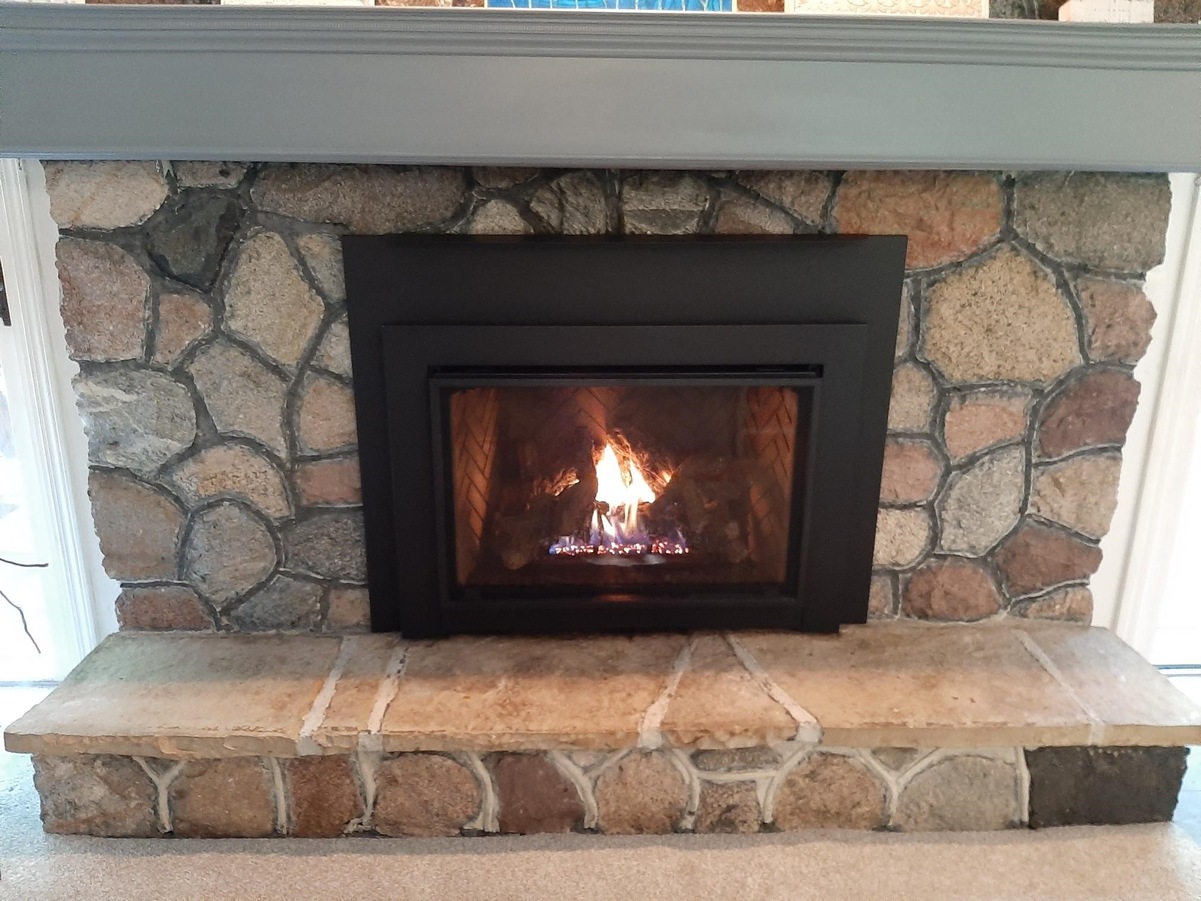

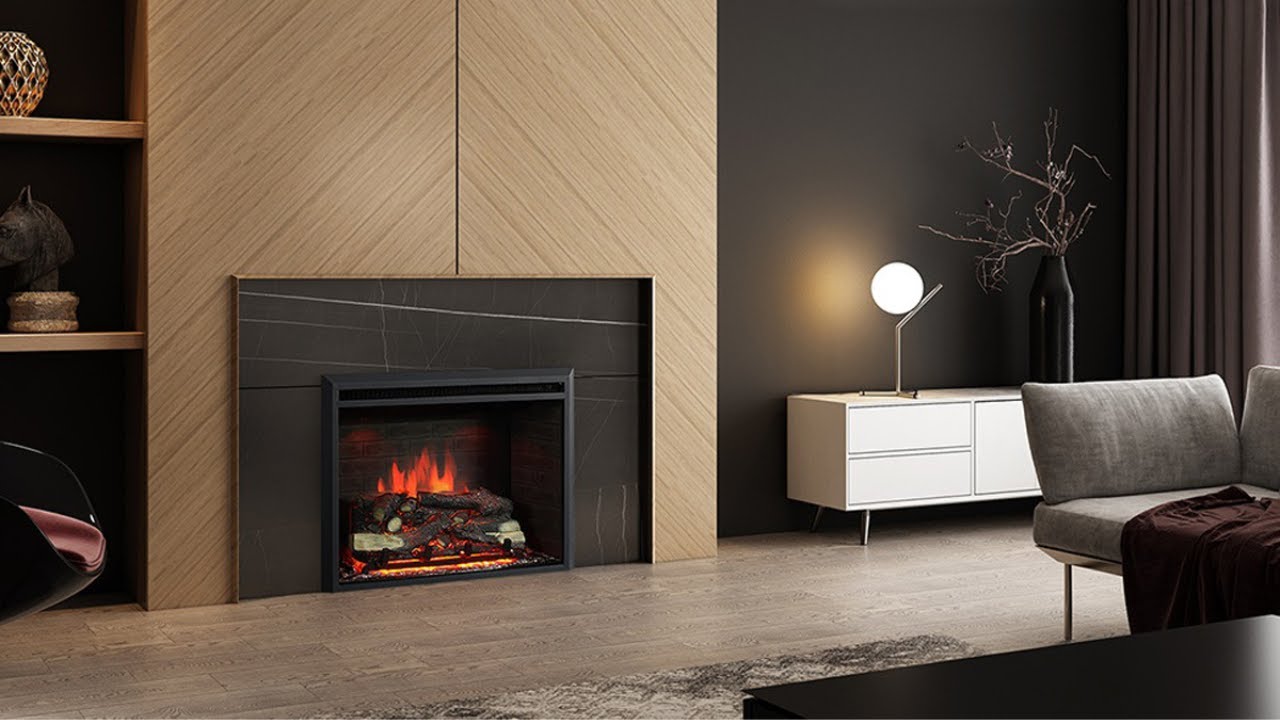
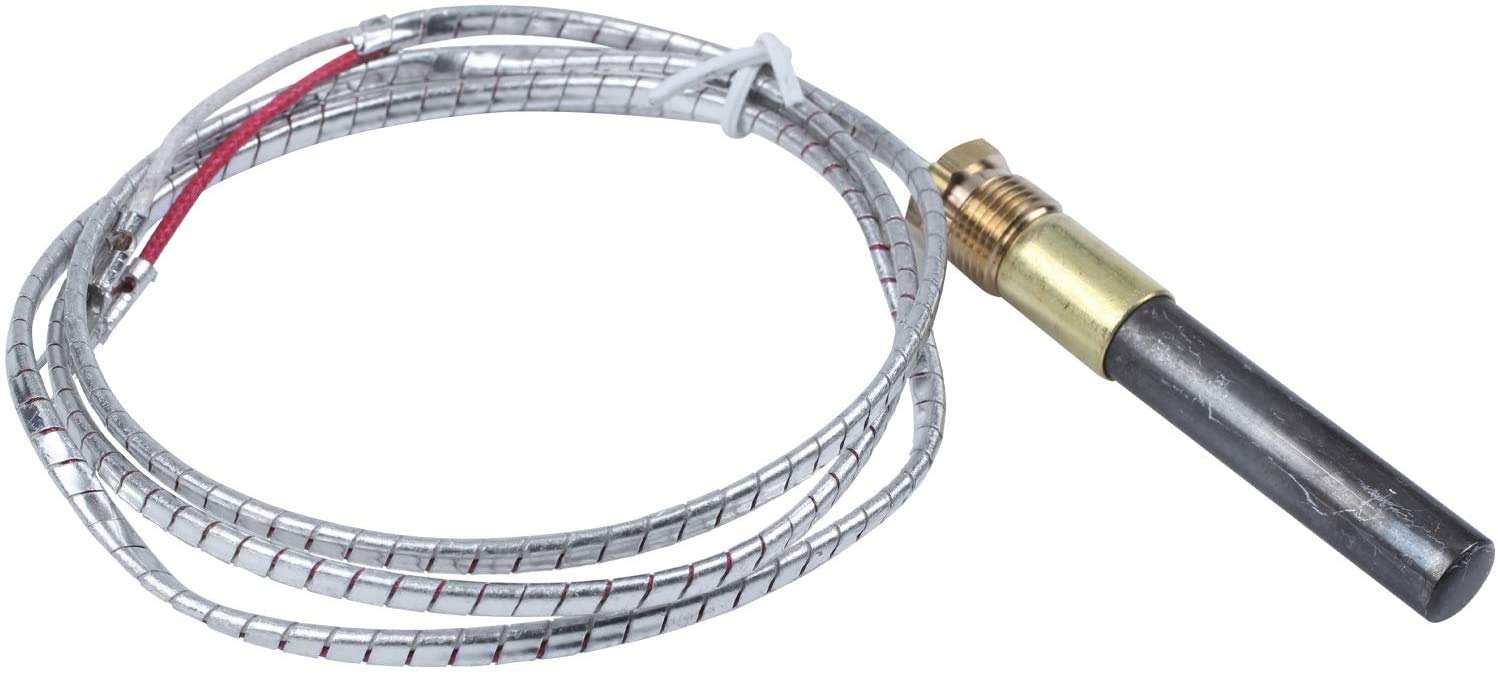

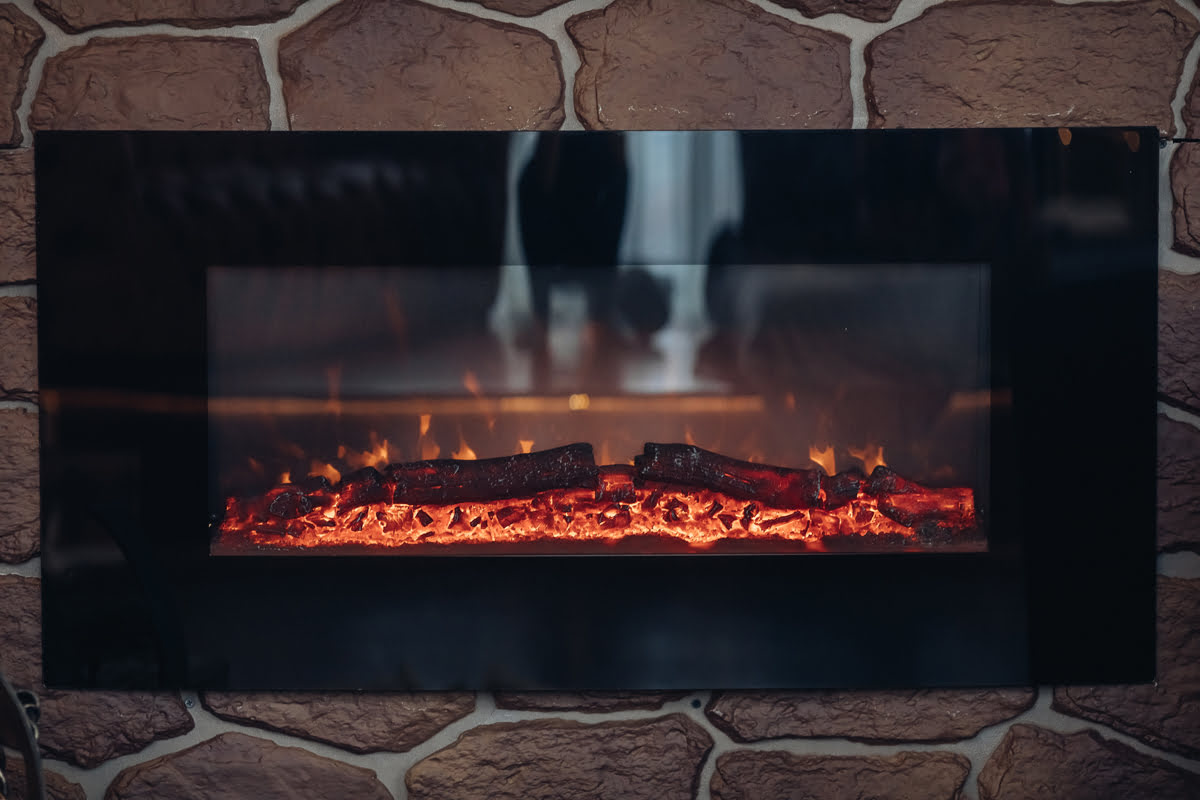

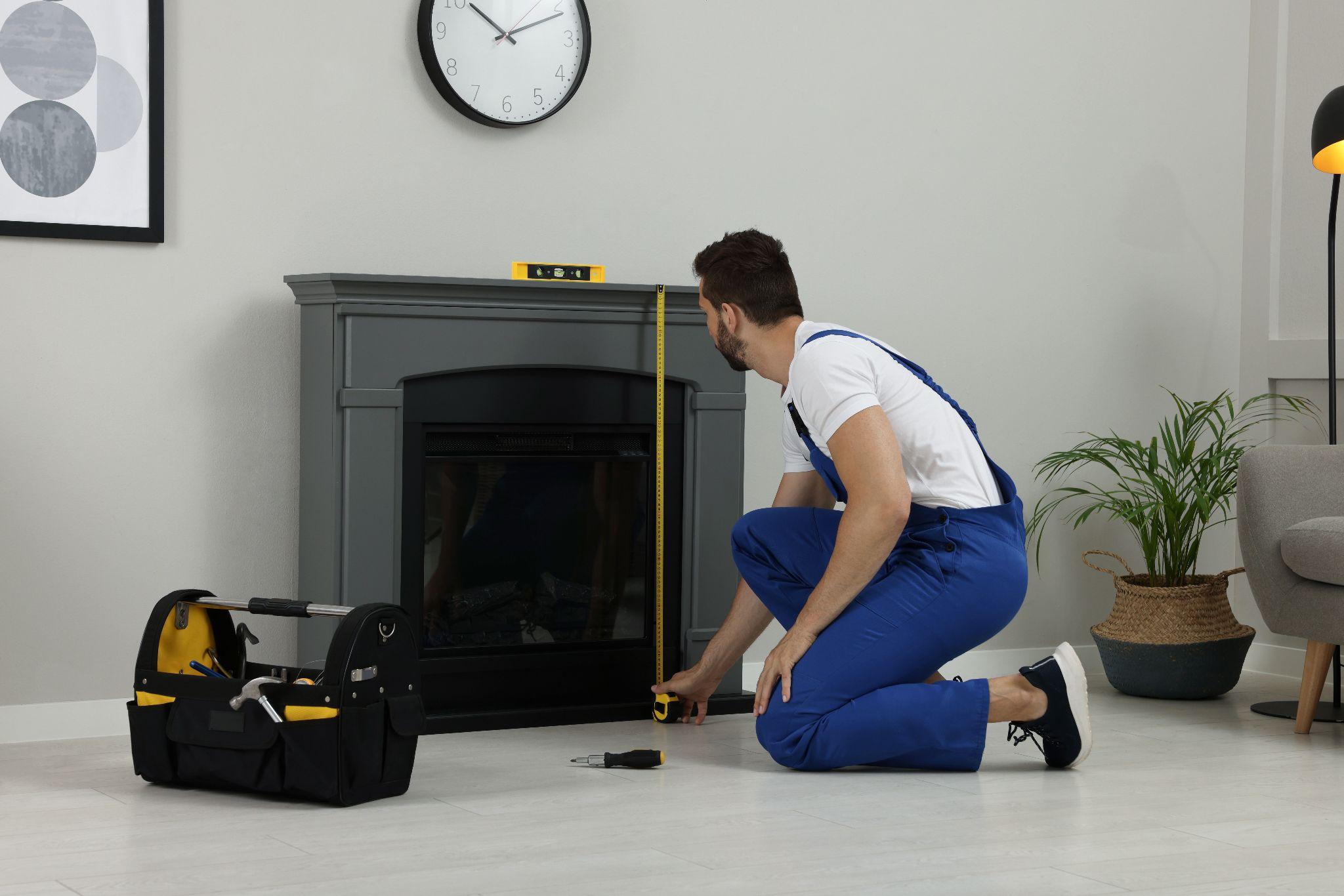
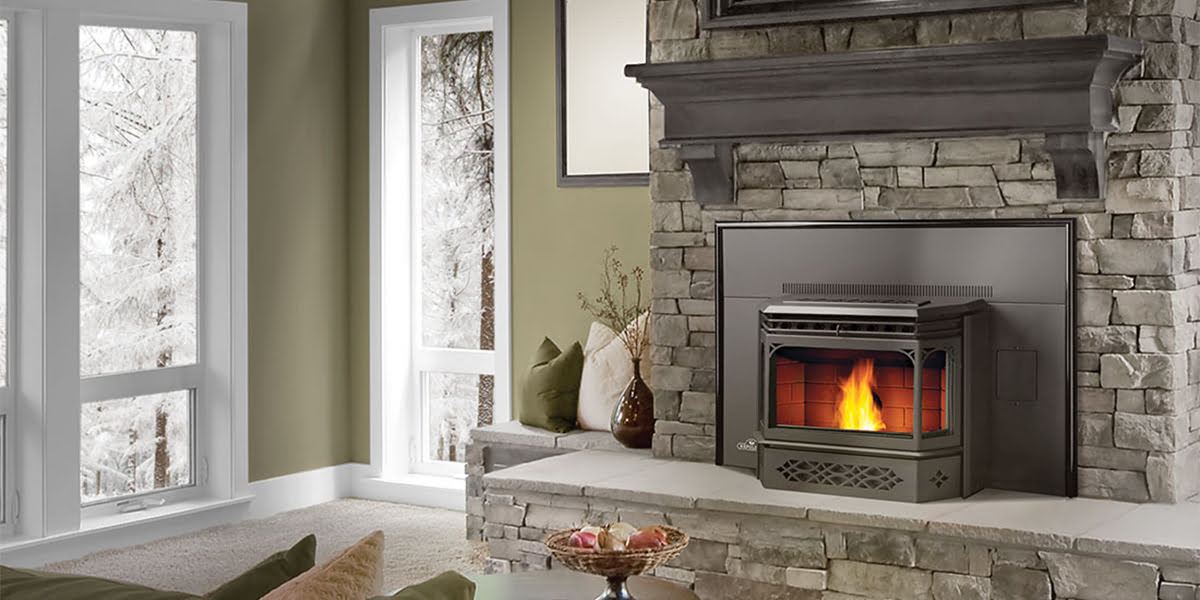
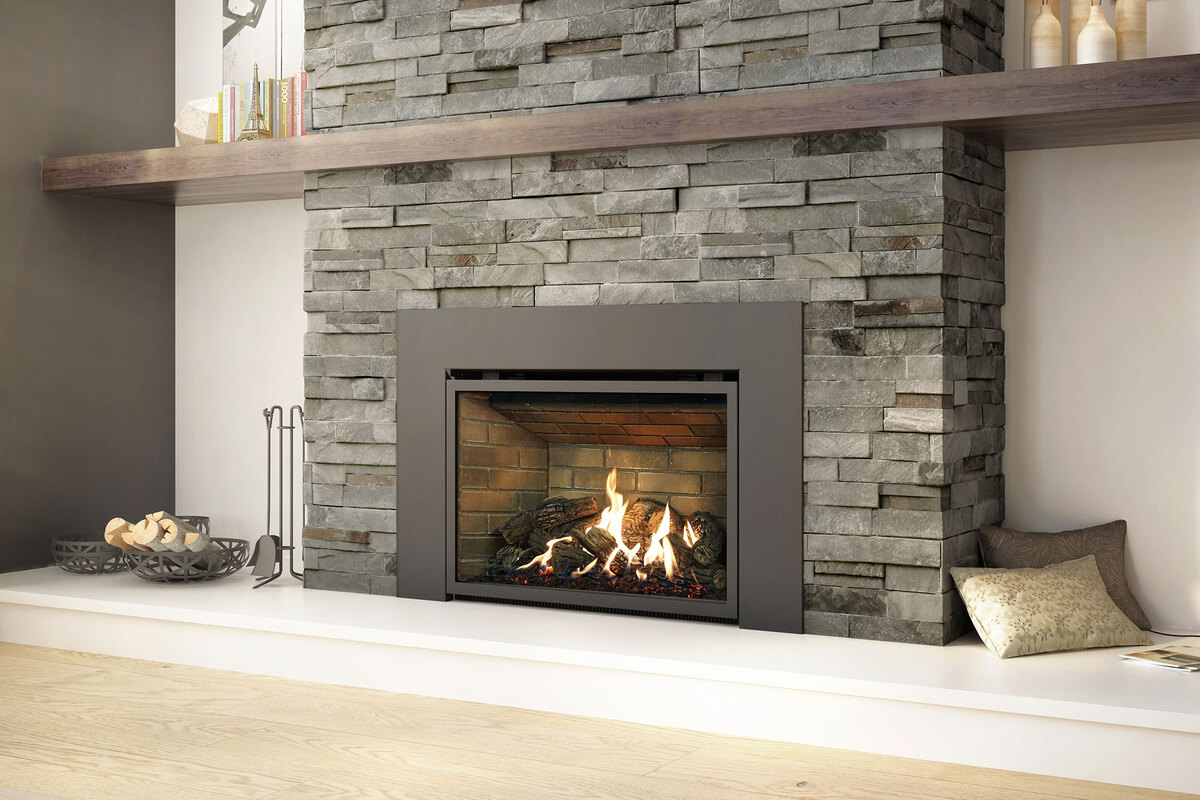
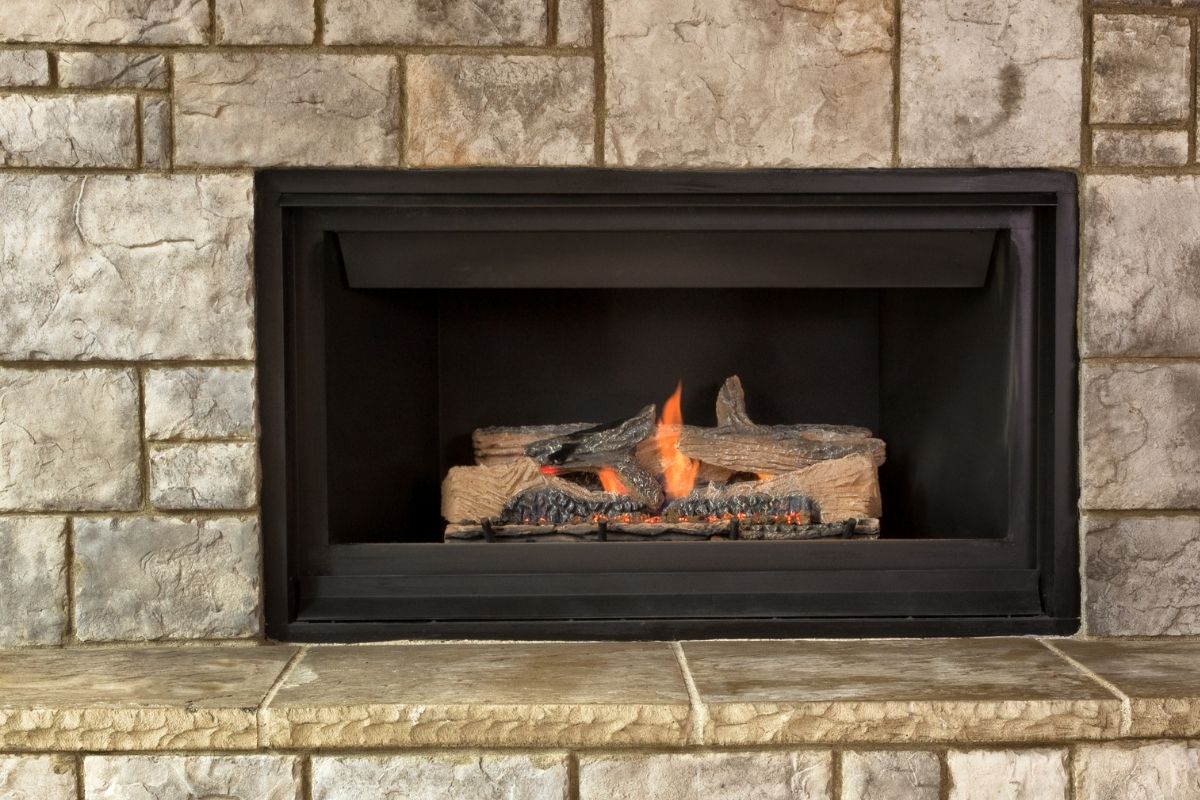


0 thoughts on “What Is A Gas Fireplace Insert”